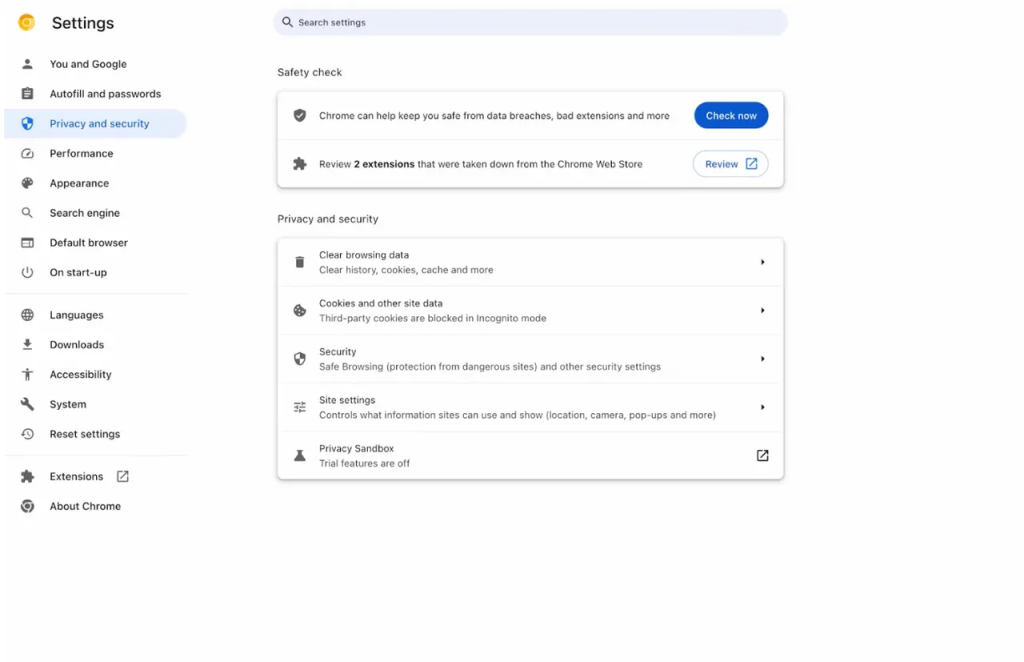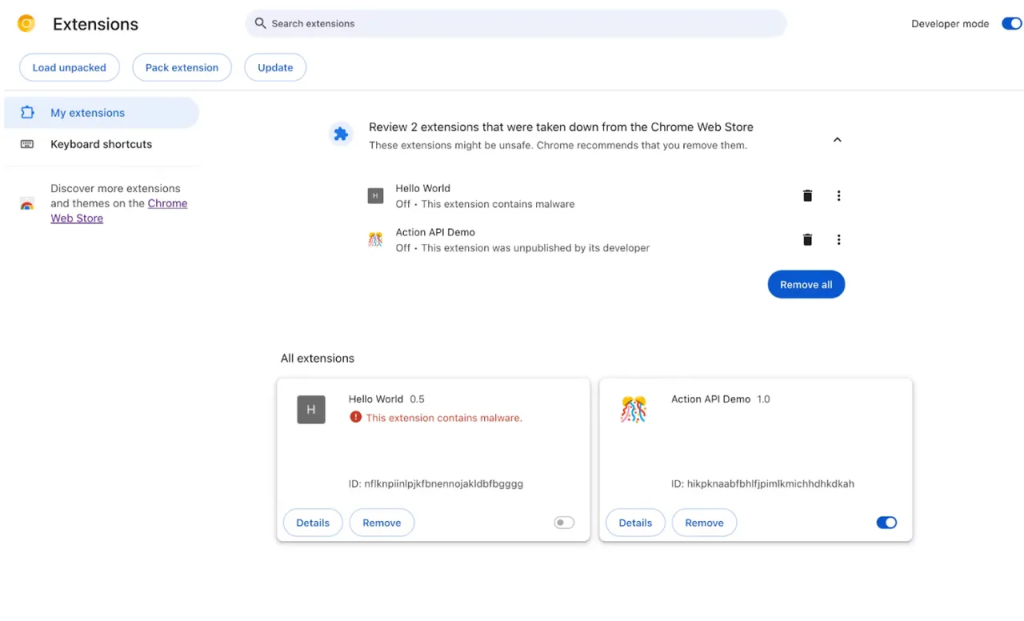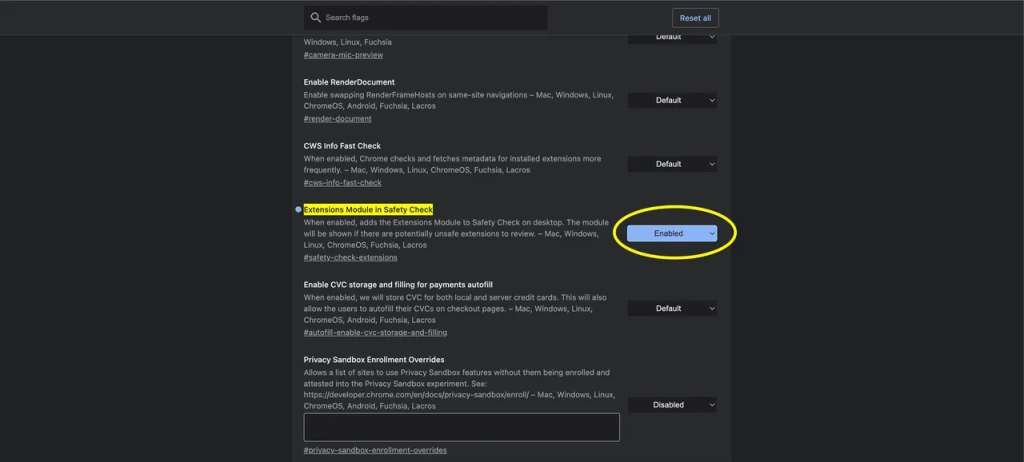Browser extensions are convenient tools because you don’t have to leave your tab to access their assistance. They can perform various helpful tasks such as remembering your password and checking for grammar. However, these extensions often contain malware, and Google Chrome is here to help.
In a Chrome Developers post, Google revealed that Chrome 117 will let users know when an extension they installed is no longer available in the Chrome Web Store.
An extension is removed from the Chrome Web Store for one of three reasons: The extension has been unpublished by the developer, the extension was taken down for violating Chrome Web Store policy, or it was marked as malware.
Before this update, if an extension was removed from the store for containing malware after a user installed it, the user would not be advised to uninstall it and remained at risk.
Malware in browser extensions is a major problem that affects many users. The cybersecurity firm Kaspersky found that in the first half of 2022, 1.3 million users were affected by threats in browser extensions.
With Chrome 117, all users have to do is visit their “Privacy and security” section of the settings page, where it will let users know if any of their downloaded extensions are worth reviewing.

Once a user clicks on the “Review” button, they will be taken to their extensions where it will say why the extension was removed from the Chrome Web Store and allow users to remove them from Chrome.

Although Chrome 117 is not out yet, BleepingComputer found a way that you can test the feature now with Chrome 116.
All you have to do is paste this link into your browser chrome://flags/#safety-check-extensions and click “Enabled” next to the highlighted “Extensions Module in Safety Check” feature.

Once you do that, you will be prompted to restart the browser and access the features the same way you would in Chrome 117, as delineated above.

























